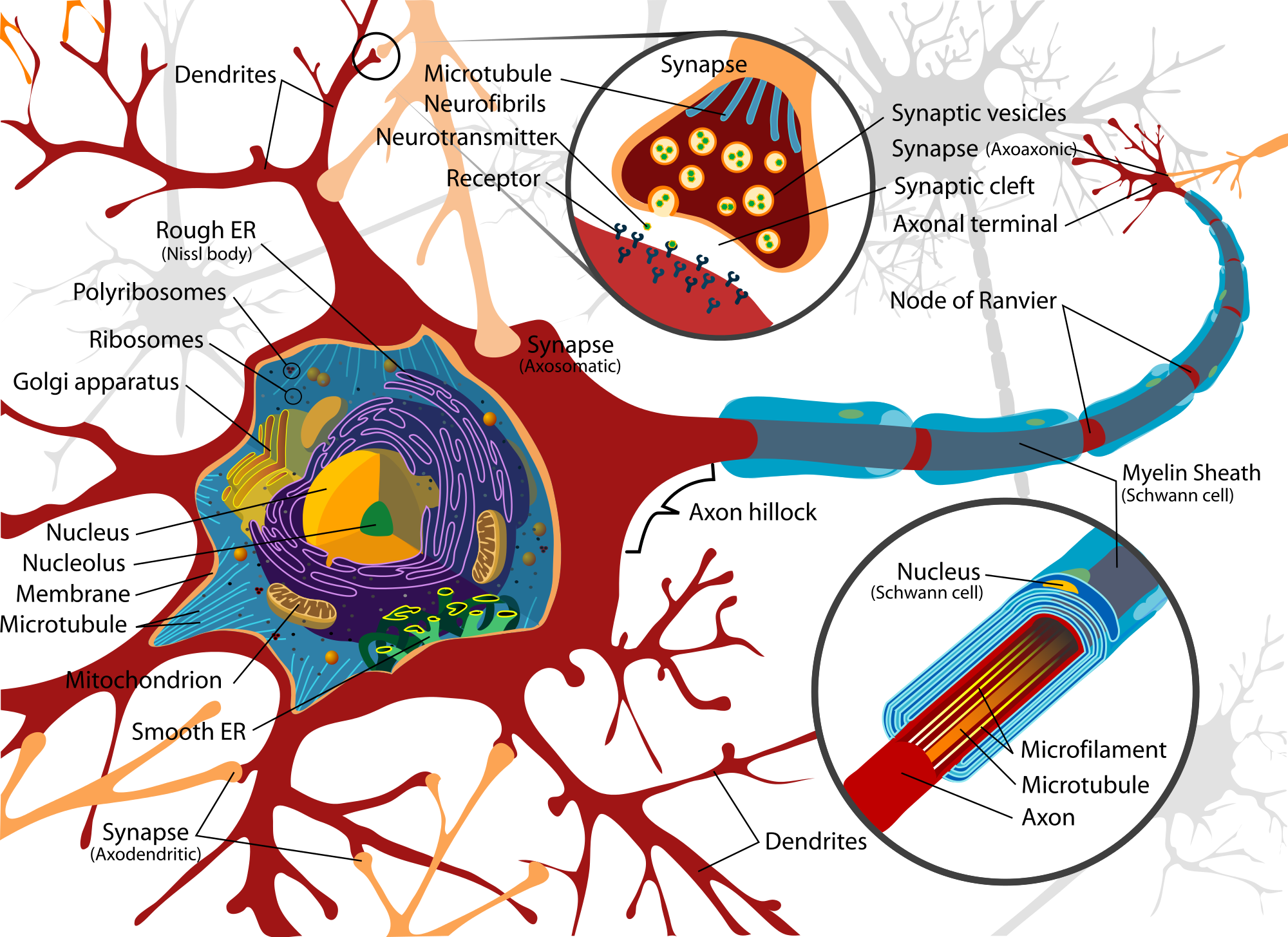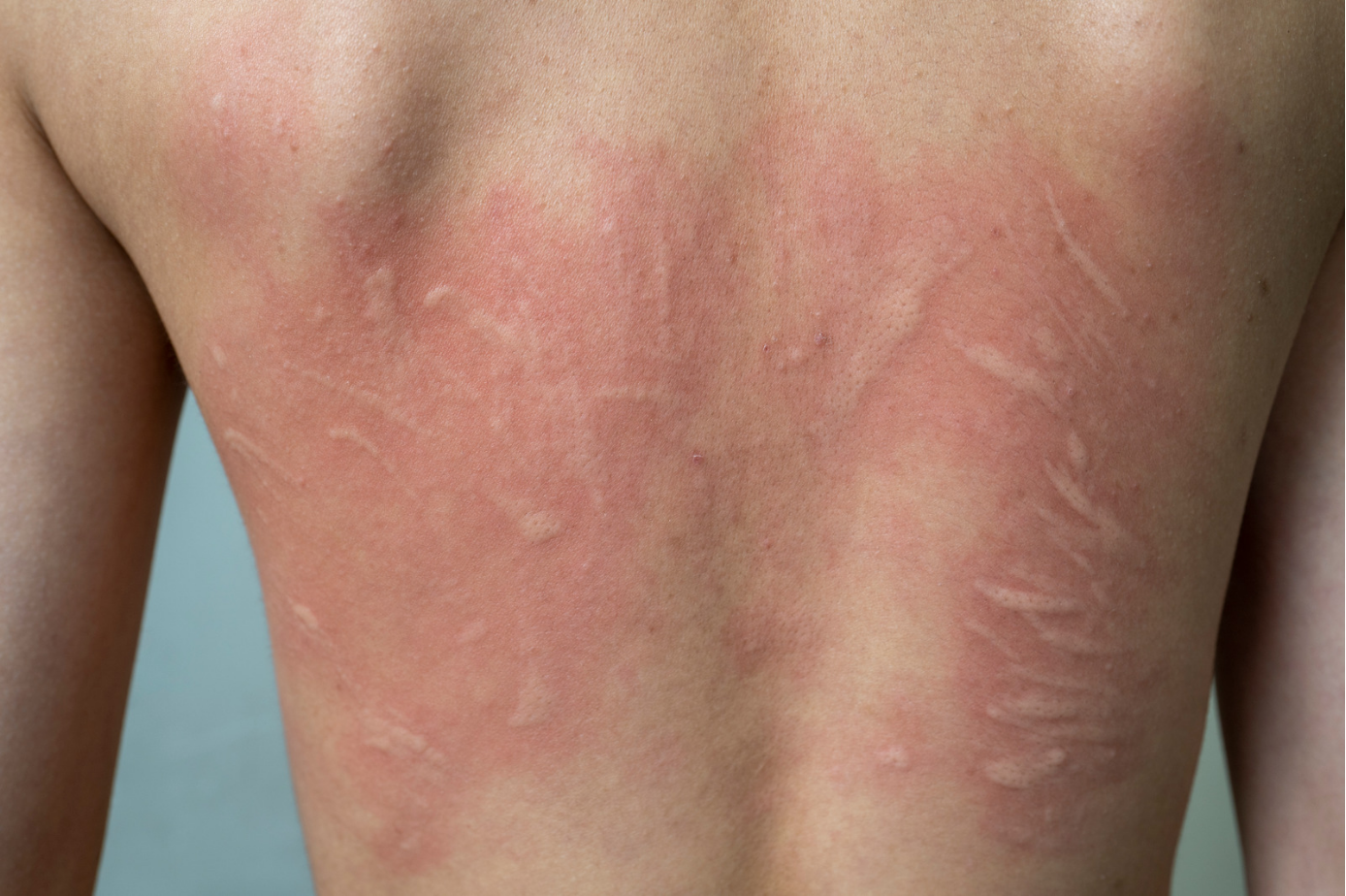Urticaria, commonly known as hives, is a skin condition characterized by itchy, red welts that can appear anywhere on the body. These welts can vary in size and may merge to form larger areas of swelling. While urticaria is usually not life-threatening, its symptoms can be uncomfortable and disruptive to daily life. Understanding the best treatment options is essential for managing and alleviating this condition effectively.
Types of Urticaria
Before diving into treatments, it's crucial to identify the type of urticaria affecting an individual:
-
Acute Urticaria Symptoms last less than six weeks.
-
Chronic Urticaria Symptoms persist for more than six weeks.
-
Physical Urticaria Triggered by environmental factors like pressure, cold, heat, or sunlight.
-
Autoimmune Urticaria Involves immune system dysfunction.
-
Allergic Urticaria Triggered by allergens such as foods, medications, or insect bites.
Correct diagnosis plays a pivotal role in determining the most effective treatment strategy.
1. Antihistamines: First-Line Defense
How They Work
Antihistamines are typically the first line of treatment for urticaria. They block histamine, a chemical released during an allergic reaction that causes itching and swelling.
Common Options
-
Loratadine (Claritin)
-
Cetirizine (Zyrtec)
-
Fexofenadine (Allegra)
-
Diphenhydramine (Benadryl)
Dosage and Administration
Non-sedating antihistamines like cetirizine are often preferred for daytime use. In chronic cases, doctors may recommend a combination of antihistamines or higher-than-normal doses.
2. Corticosteroids: Short-Term Relief
When antihistamines are not effective enough, oral corticosteroids such as prednisone may be prescribed for short-term use to reduce inflammation and swelling.
Note: These are not suitable for long-term use due to side effects like weight gain, high blood pressure, and weakened bones.
3. Immunosuppressants and Biologics: For Severe Cases
For chronic urticaria that doesn't respond to antihistamines or steroids, more advanced therapies may be used:
-
Omalizumab (Xolair): A biologic injection that targets IgE, an antibody involved in allergic responses.
-
Cyclosporine: An immunosuppressant that reduces immune activity.
-
Montelukast (Singulair): A leukotriene receptor antagonist often used in asthma, which can help with urticaria too.
These treatments are usually prescribed by specialists like dermatologists or allergists.
4. Antibiotics: When Infection is Involved
Urticaria is not typically treated with antibiotics unless there's an underlying bacterial infection contributing to the symptoms. For instance, certain skin infections or streptococcal infections can trigger hives.
Role of Cephalexin
Cephalexin is a first-generation cephalosporin antibiotic effective against various bacterial infections such as:
-
Skin infections
-
Respiratory tract infections
-
Urinary tract infections
In some cases, if urticaria is caused or aggravated by a skin infection, cephalexin might be prescribed as part of the treatment plan.
Cephalexin Capsules Wholesale: Bulk Supply for Clinics
Healthcare providers and dermatology clinics often require a reliable supply of antibiotics like cephalexin. Sourcing cephalexin capsules wholesale ensures cost-effectiveness and stock availability, especially when managing outbreaks in community health settings.
Pharmacies and distributors can benefit from buying cephalexin capsules wholesale for:
-
Treating secondary skin infections
-
Providing post-allergic reaction care
-
Stocking emergency medication kits
However, it’s essential to use antibiotics judiciously to prevent resistance.
5. Natural Remedies and Lifestyle Adjustments
While medication is important, certain lifestyle changes can also reduce the frequency and severity of urticaria flare-ups.
Dietary Adjustments
-
Avoid common allergens like shellfish, nuts, eggs, and food preservatives.
-
Maintain a food diary to identify triggers.
Stress Management
Stress is a known trigger for chronic urticaria. Practices like meditation, yoga, and breathing exercises can help.
Skin Care Tips
-
Use fragrance-free, hypoallergenic skin products.
-
Take cool showers and avoid tight clothing.
-
Apply cold compresses to reduce itching and swelling.
6. Avoiding Known Triggers
Identifying and avoiding personal triggers is one of the most effective long-term strategies. These can include:
-
Certain foods
-
Insect bites
-
Medications (like NSAIDs or penicillin)
-
Heat, sunlight, or water (in physical urticaria)
An allergist can perform tests to help identify specific triggers.
7. When to See a Doctor
While mild cases of urticaria may resolve on their own or with over-the-counter antihistamines, it’s important to consult a healthcare provider if:
-
Symptoms persist for more than six weeks
-
Welts are painful or bruised
-
There are signs of anaphylaxis (e.g., difficulty breathing, swelling of the face or throat)
-
There’s a suspected underlying infection
Conclusion
Urticaria can range from a mild nuisance to a chronic, life-disrupting condition. Fortunately, a variety of treatment options are available. From over-the-counter antihistamines and corticosteroids to advanced biologics and immunosuppressants, the best course of action often depends on the severity and underlying cause.
In rare cases where a bacterial infection exacerbates urticaria, cephalexin may be an appropriate part of the treatment plan. Clinics and healthcare providers looking to stay prepared can consider sourcing cephalexin capsules wholesale for reliable and cost-effective treatment stock.
Ultimately, managing urticaria requires a combination of medical intervention, lifestyle adjustments, and awareness of personal triggers. With the right approach, most individuals can find lasting relief and return to a normal quality of life.

